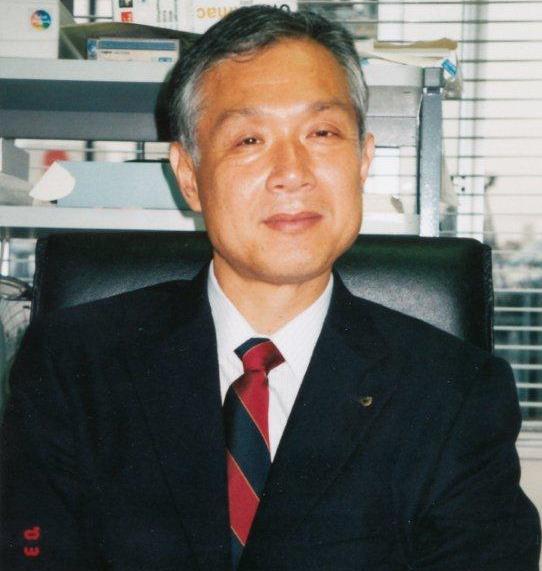Granuloma in a Baclofen Intrathecal Infusion Catheter in a Patient with Spinal Cord Injury: Review of a Case Report
Author(s): Angela Palencia-Vidal, Sebastian Salvador-De La Barrera, Aurora De La Iglesia- Lopez, Maria E. Ferreiro-Velasco, Antonio Montoto- Marques, Ricardo Vazquez-Fernandez, Antonio Rodriguez-Sotillo
Spasticity, a common complication in patients with spinal cord injury, can lead to loss of function and reduced quality of life. Although oral baclofen attenuates spasticity, its effects are usually modest, and adverse effects can be significant. Intrathecal baclofen infusion therapy has emerged as an effective and safe option for patients with severe spasticity refractory to conventional oral treatment. This reversible procedure allows for precise dosing and achieves high local concentrations in the spinal cord, minimizing systemic side effects. Although generally safe, intrathecal therapy can be associated with complications, with granuloma formation being one of the least frequent.
We present the case of a woman with post-traumatic paraplegia at the T3 level, classified as AIS A, who developed severe spasticity refractory to conventional oral treatment. Following the implantation of a baclofen intrathecal infusion system, the patient experienced progressive and severe pain attributed to an inflammatory granuloma or mass at the catheter tip. Complete replacement of the system resulted in complete resolution of the pain, demonstrating the effectiveness of this intervention. Granuloma formation at the catheter tip associated with intrathecal baclofen infusion is a rare complication with a non-specific clinical presentation and a pathogenesis that remains unclear. Magnetic resonance imaging (MRI) is the diagnostic tool of choice.


 Impact Factor: * 5.3
Impact Factor: * 5.3 Acceptance Rate: 75.63%
Acceptance Rate: 75.63%  Time to first decision: 10.4 days
Time to first decision: 10.4 days  Time from article received to acceptance: 2-3 weeks
Time from article received to acceptance: 2-3 weeks 
